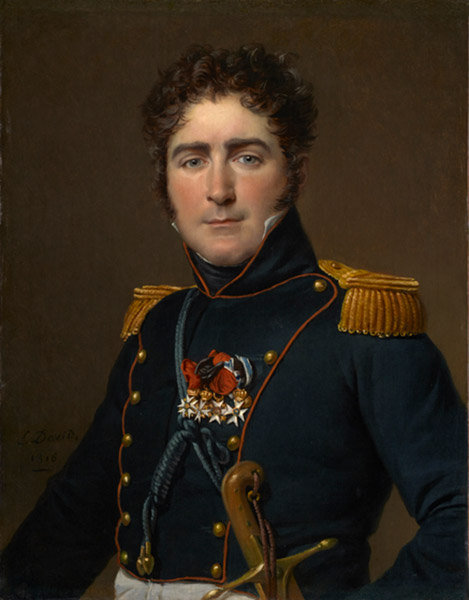Over the past 20 years, the Sterling & Francine Clark Art Institute in Massachusetts has been amassing a robust collection of world-class painting, sculpture, decorative arts, drawings, prints, and more. A current exhibition celebrates this period of tasteful selection.
With nearly 10,000 objects to account for, the Williamstown, Massachusetts, museum referred to as The Clark boasts a powerful collection — a quarter of which was acquired in the past 20 years. The Clark suggests, “The Institute acquires works of art through purchase and by gift and adheres to the standard of excellence that is a legacy of its founders, Sterling and Francine Clark. This exhibition features highlights of acquisitions made between 1995 and the present and tells stories of how and why these objects have become part of the Clark’s collection. The works in the exhibition, housed in the Clark Center galleries—together with additional acquisitions from this time period on display in the Museum Building—tell a story of how a strong collection has become even stronger through the actions of the institute and its generous donors.”
“An Eye for Excellence: Twenty Years of Collecting” will be on view through April 10. To learn more, visit The Clark.
This article was featured in Fine Art Today, a weekly e-newsletter from Fine Art Connoisseur magazine. To start receiving Fine Art Today for free, click here.
The Tasteful Eye








